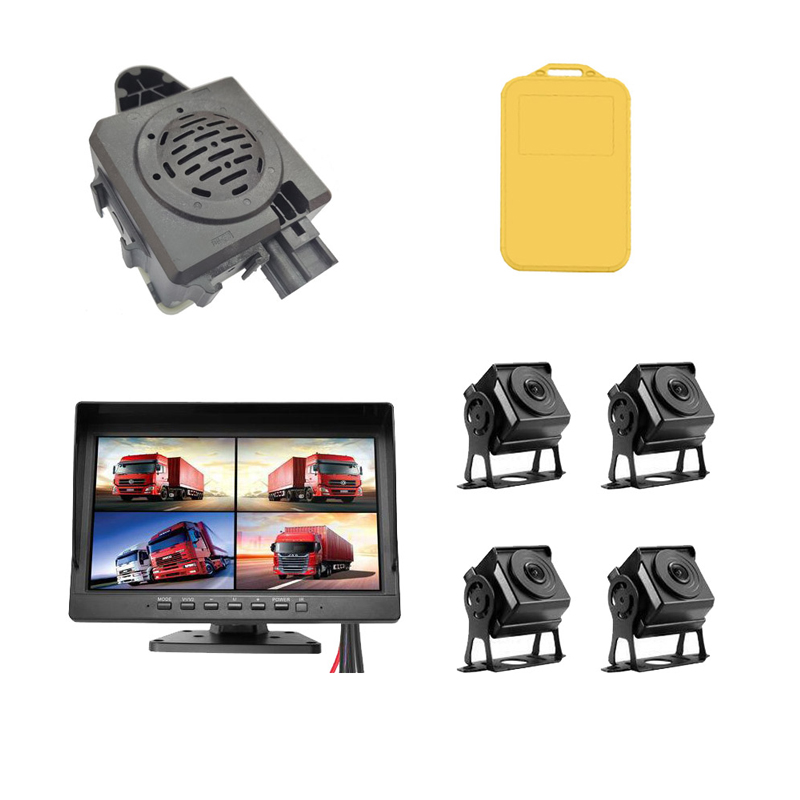

Leisure Auto Security Equipments Ltd, established in 2009, is a factory dedicate in car safety products, especially driver fatigue alarm system.
Our Products
Contact
Leisure Auto Security Equipments Ltd
Guangzhou, Guangdong, China
0086-15918547028(whatsapp,wechat)
Copyright © 2024 Leisure Auto Security Equipments Ltd | All Rights Reserved.
